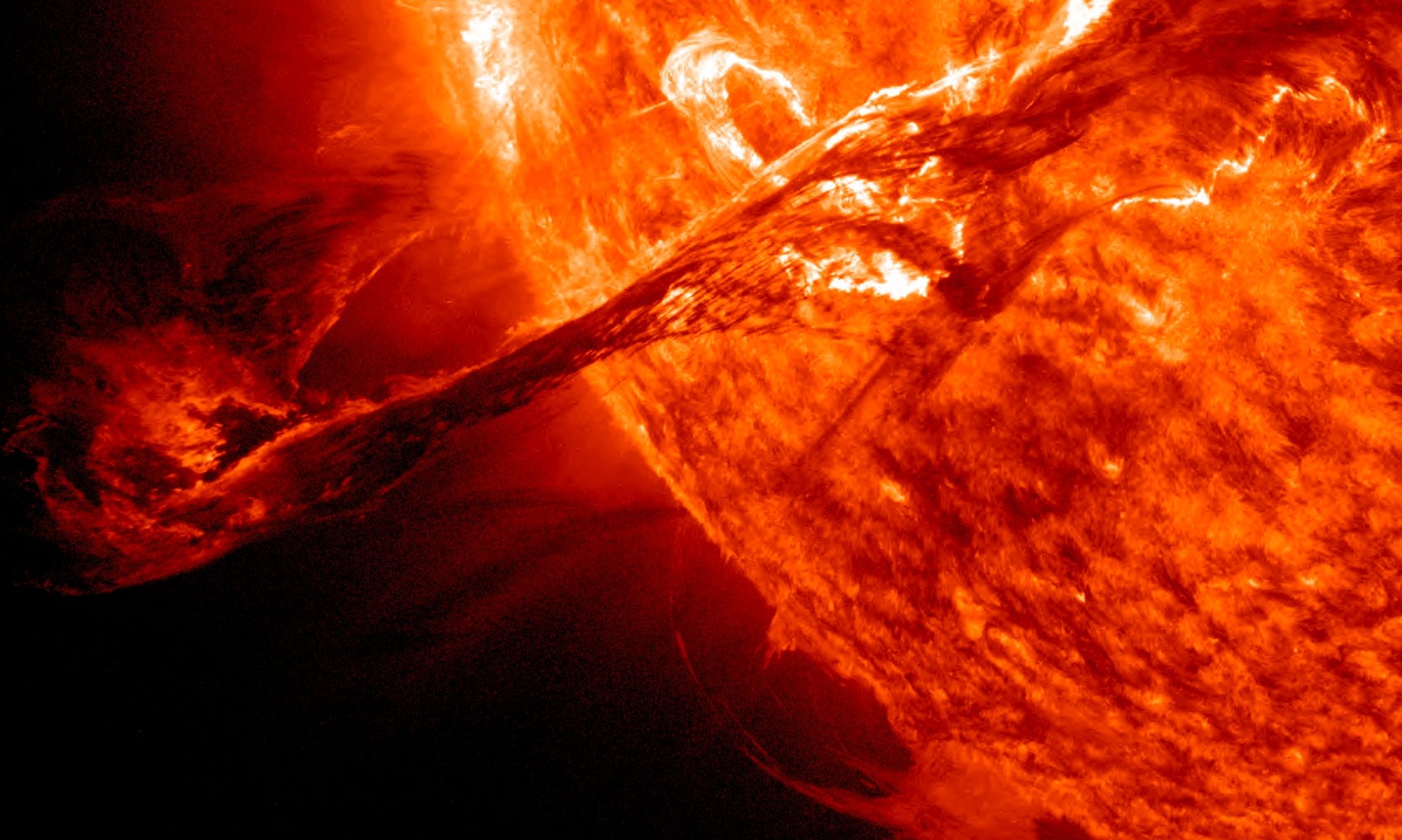Volcanic eruptions are known to cause a terrestrial temperature reduction. For example, in 1992-1994 it was a significant cooling on Earth because of a large eruption of ashes into the stratosphere after the eruption of volcano Pinatubo in Philippines. This led to a reduction of solar radiation by 2.5 W/m^2 that, in turn, led to a reduction of temperature by 0.7C. The eruption of volcano Tambora in Indonesia in 1815 led to the reduction of a global terrestrial temperature by 3C. Hence, knowledge about possible volcanic eruptions in the future can help people to anticipate the consequences and to prepare humankind how to overcome these consequences.
In the paper by Vasilieva and Zharkova, 2022 https://solargsm.com/wp-content/uploads/2022/07/vasilieva_zharkova_volcanos.pdf, which will appear soon in the Astrophysical Journal, the authors demonstrated with the wavelet and correlation analysis that there is a strong correlation between the eruptions of volcanos in the last two centuries and 22 year activity cycles of the solar background magnetic field. This 22 years period is associated with the Hale’s magnetic cycle caused by the solar dynamo when the magnetic polarity of leading sunspot (or solar background) magnetic fields has the full recurrence.
We demonstrate that the largest number of volcanic eruptions occurs during 11-year cycles when the solar background magnetic field has a southern polarity. The maxima of eruptions in years 1868-1950 correlate closely (the correlation coefficient of 0.84) with the maxima of magnetic field of southern polarity. The next anticipated maximum of volcanic eruptions is expected during cycle 26 (2031-2042), when SBMF will have a southern magnetic polarity that can affect solar radiation input to Earth in the current Grand Solar Minimum (GSM) (2020-2053) (Zharkova et al, 2015 https://www.nature.com/articles/srep15689).
This finding becomes essential in the light of the Grand Solar Minimum the Sun entered in its magnetic activity in cycles 25-27, or 2020-2053. The solar activity already has shown the signs of reduction of sunspot numbers and formation of active regions https://www.sidc.be/silso/spotless, the further 60-70% reduction of solar activity is expected in cycle 26 owing to the GSM that can lead to a decrease of solar radiation deposited to Earth.
Therefore, in cycle 26 (2031-2042) when the solar background magnetic field will have southern polarity this can cause the increase of volcanic eruptions. This can lead to further reduction of the terrestrial temperature caused by the GSM that can temporarily offset any temperature increases occurred of the last few centuries known as global warming.
